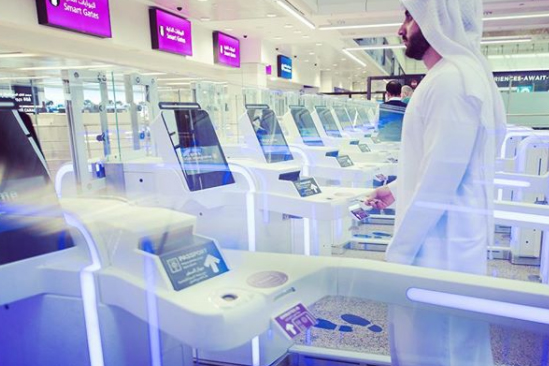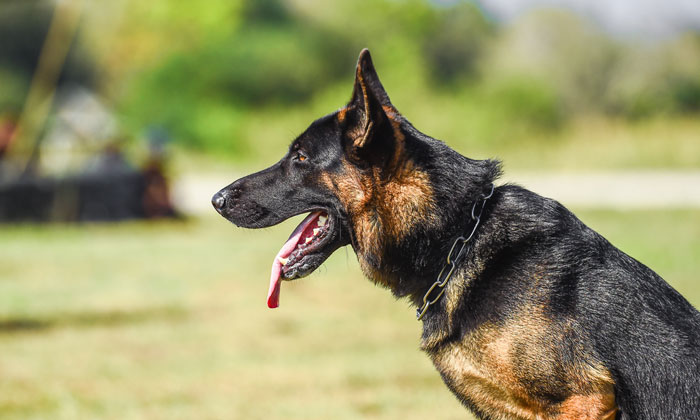The digital transformation of airports
A working session at the upcoming ACI Europe/World Annual General Assembly, Conference and Exhibition in Brussels in June, will focus on digital transformation and the airport brand proposition – where should the airport experience begin and end?
Today’s airports are no longer just a place where airplanes take off and land; instead airports are vital economic generators providing a gateway to their city, state, region, country.
Airports are as important for tourism as they are for business; the transport of people and goods not only between aircraft but with all other modes of transportation.
In an increasingly competitive environment, airports are focused on expanding and enhancing their appeal to increase their share of air travel and tourism, including innovation and a strong focus on enhancing the customer experience.
While safety and security always remain the top priority, airport leaders are also focused on ways to streamline the business and operations, including leveraging technology to meet and exceed goals and objectives. After all, in today’s digital world, there is no escaping the power of data so harnessing its benefits is key.
The Airport Digital Transformation: Best Practice, launched at the end of last year, has been well received by members and the industry alike. It intended as a decision and implementation aid for airport managers who are responsible for evolving their companies in a digital world.
This document helps airport corporate executives (CEOs, CIOs, CXOs) pick a starting point and develop a digital culture across the enterprise which will enable it to gain as many benefits as possible and as quickly as possible while the airport is developing a longer-term evolution strategy.
It provides a roadmap of becoming an airport digital.
To further help our Member airports on their path of digital transformation, ACI has developed the Digital Airport Survey. This survey will help airports assess their maturity in adopting digital transformation technology tools. Once completed, members can share results with ACI to receive specialized guidance on how to enhance this important evolution.
Download the report: http://www.aci.aero/Publications/Full-Publications-Listing/Airport-Digital-Transformation-Best-Practice
• According to recent estimates by the cross-industry Air Transport Action Group (ATAG), the total economic impact (direct, indirect, induced and tourism connected) of the global aviation industry reached $2.7 trillion, some 3.5% of the world’s gross domestic product (GDP) in 2014. The air transport industry also supported a total of 62.7 million jobs – Aviation Benefits Report 2017
Quotes
– “Airports are natural interfaces between the analog and digital worlds,” said Dr Michael Kerkloh, CEO, Munich Airport and current president of ACI Europe.
“If airports succeed in the efficient digital marketing of their analog products and services, they will continue in the future to have a ‘home field advantage’ in the passenger business over other providers.
The Airport Digital Transformation Best Practice helps us to establish a shared vision and best practices in our industry.”
– “At Schiphol, we have always been an airport that dreams big,” said Jos Nijhuis, CEO of the Royal Schiphol Group.
“We want to be the world’s leading digital airport. With smart airport operational processes, secure Application Programming Interface (API) data sharing and flawless efficiency.
“By effectively utilizing digital contact moments, we will connect with and stay connected to travellers and be able to provide them even better service.
“The Airport Digital Transformation Best Practice is therefore very important to us.”
– “This document is a great reference product and should be in every executive’s reference library,” said Maurice Jenkins, director, information systems and telecommunications, Miami Dade County Aviation Department.
“It is key to transforming our system of airports and meeting the demands of the industry.”
– “This handbook is an excellent reference for any airport working towards digitalisation,” said Aymeric Dussart, director of technology and innovation, Aéroports de Montreal.
“We are delighted to have contributed insights, having learnt from various customer experience initiatives that we have invested in at Montréal-Trudeau.”
source : Airport World



 SNIFFING IT OUT: Dogs are already used by airports to sniff out contraband
SNIFFING IT OUT: Dogs are already used by airports to sniff out contraband



